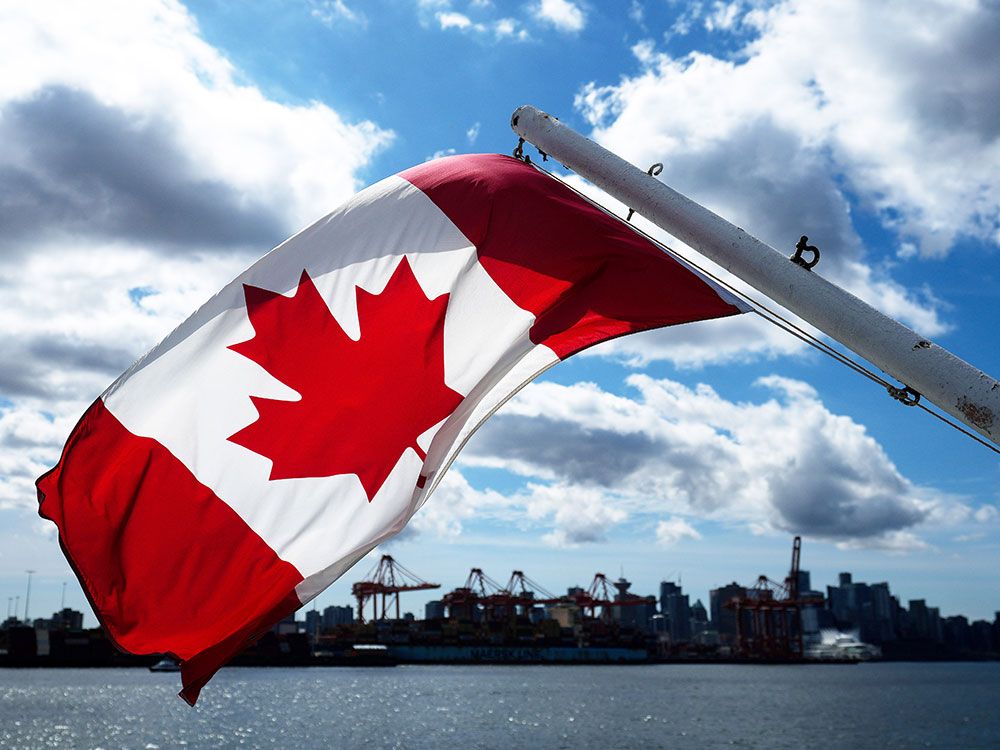Early data show GDP bounced back in June, but rebound still benefiting from ‘low-hanging fruit’

June makes up for lockdown declines in April and May

Article content
Canada’s economy appears to have avoided a contraction in the second quarter, as the most up-to-date data show a strong June more than offset weakness earlier in the spring.
Advertisement
Story continues below
This advertisement has not loaded yet, but your article continues below.
Article content
Statistics Canada reported on July 30 that gross domestic product (GDP) decreased 0.3 per cent in May, exacerbating a 0.5-per-cent drop in April. The declines were the direct result of stricter health measures that provinces implemented to control the third wave of COVID-19 infections.
Those restrictions were relaxed in June, and the economy appears to have responded in turn. Statistics Canada said an incomplete tally of economic output last month suggests that GDP surged 0.7 per cent. If June unfolds as the preliminary data suggest, the quarterly figure will work out to annualized growth of about 2.5 per cent, said Claire Fan, an economist at the Royal Bank of Canada.
“The numbers fit well with what we were expecting,” Fan said in an interview. However, she pointed out that the growth in economic output is merely a bounce-back for high-contact services that couldn’t operate under health restrictions. “It’s currently still low-hanging fruit.”
Advertisement
Story continues below
This advertisement has not loaded yet, but your article continues below.
Article content

Retailers, restaurants and hotels led the June recovery and job gains — all positive signs for June GDP, she added.
For May, retail and the food and accommodation sector both experienced contractions — nearly three per cent and 2.5 per cent respectively — with smaller setbacks in manufacturing and transportation.
Douglas Porter, the chief economist at Bank of Montreal, described the May GDP data as “almost textbook.”
Still, Porter said that the 2.3-per-cent drop in the construction sector came as a surprise, given the torrid pace of housing activity this year.
“To see the declines in construction activity is a bit of an eyebrow-raiser,” Porter said in an interview. “I think the explanation there is (that) things were just so incredibly strong in the first few months of the year that we couldn’t quite maintain that sort of pace.”
Advertisement
Story continues below
This advertisement has not loaded yet, but your article continues below.
Article content
Porter doesn’t expect this to be a trend, however, due to the strong housing starts and the fact that renovations will pick up now that the price of lumber has gone down.
A bright spot was oil and gas, which increased 2.6 per cent as producers increased production amid higher prices.
Manufacturing output dropped for the third time in four months, reflecting bottlenecks in the supply chains that deliver components to the factory floor. The disruption to the flow of goods has weighed on the recovery, but both Fan and Porter expect a rotation in consumer habits to negate the impact.
Advertisement
Story continues below
This advertisement has not loaded yet, but your article continues below.
Article content
Boxed up at home with little to do and plenty of time to shop online, consumers are eager to spend their pandemic savings on services, which should push up relative sectors’ contribution to the GDP as provinces reopen, Fan said. “In a way, because demand is expected to weaken in the goods sector, it gives manufacturers or producers enough time to catch up” with bottlenecks.
Porter added that a comeback in services will “more than make up for any slippage we see on the goods side.”
Overall, the data is falling close in line with expectations laid out by the Bank of Canada, Porter said. In fact, the annualized GDP comes out ahead of the central bank’s forecast of two per cent growth for the three-month period. Meanwhile, inflation data released Wednesday showed prices climbed 3.1 per cent, which is within the bank’s forecasts but beat economists’ expectations.
“What we saw this week was inflation was maybe a touch lighter than expected and growth was a touch stronger than expected and that’s a nice mix,” Porter said. “(The central bank) is probably quietly satisfied with this week’s set of numbers.”
• Email: [email protected] | Twitter: biancabharti
_____________________________________________________________
For more on Canada’s economy sign up for FP Work Newsletter.
_____________________________________________________________
Advertisement
Story continues below
This advertisement has not loaded yet, but your article continues below.








